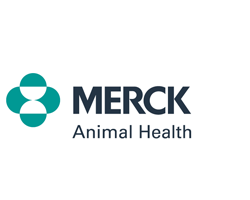Monetizing Telehealth
Veterinarians are comfortable charging for in-person services but have a long-held tradition of providing phone consultations and responses to email and text questions for free. And even though most understand their advice and assessments don’t lose their value because they’re delivered virtually, it remains a challenge for many practices to monetize telehealth services.
Are clients really willing to pay? Which services would I charge for and how much for each service? Who bills and who collects, and what about security? What if I find on an initial assessment that my patient needs to be seen in person? So many questions—all with relatively straightforward answers.
Let’s start at the beginning. Yes, clients are willing to pay for telehealth. Experiences with human telehealth are driving comfort with such services, and clients generally see the value in veterinary telehealth as they are able to more easily and conveniently access professionals they trust. A live video recheck that means not having to leave work to bring a dog across town or being able to get after-hours reassurance via phone about a cat under hospice care is valuable. Being able to send an e-prescription refill request on one’s lunch break or email data for interpretation is valuable. Being able to update a patient history prior to an annual physical using a phone app or signing onto a three-way teleconsult with the veterinarian and an oncology specialist are valuable as well.







